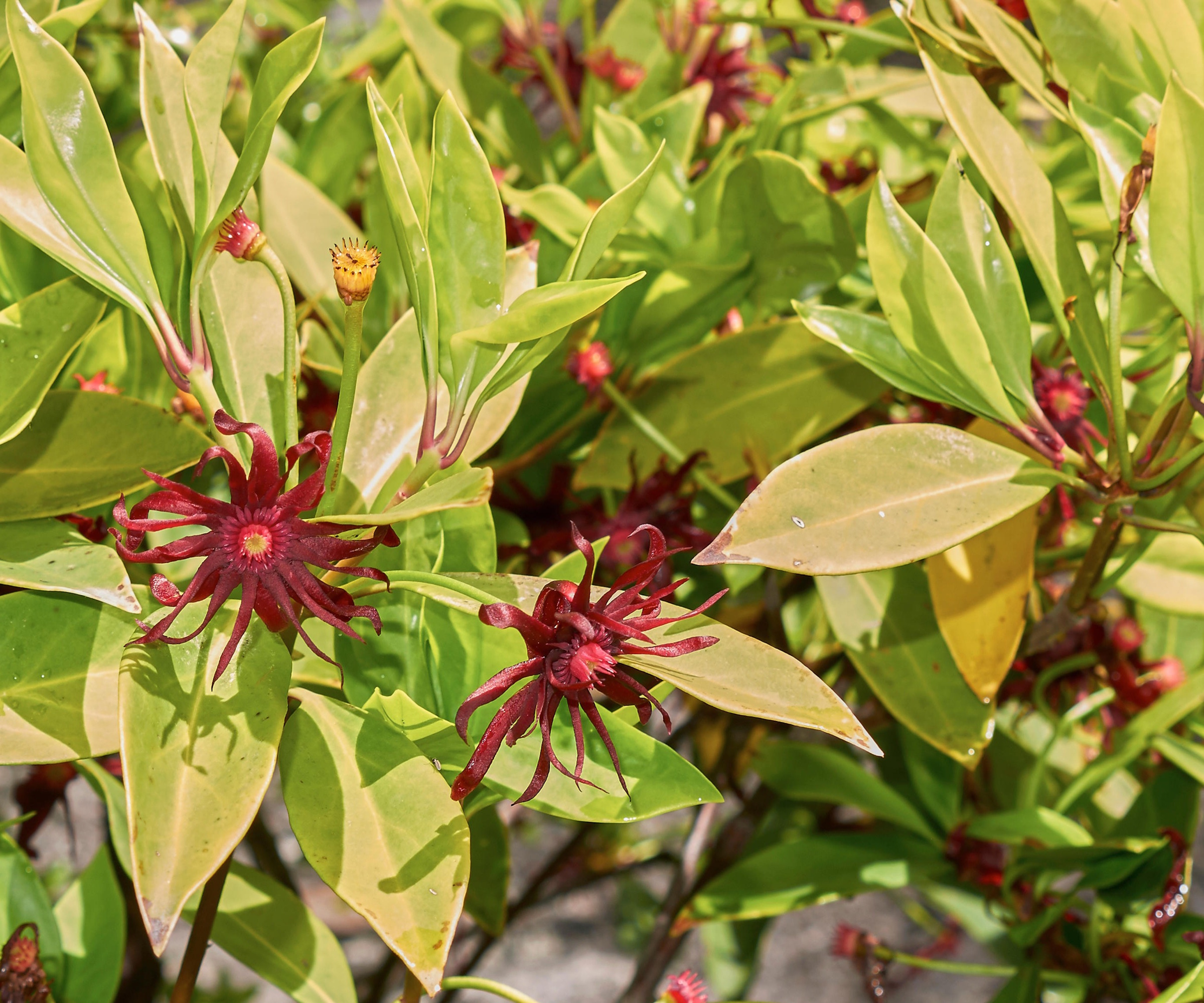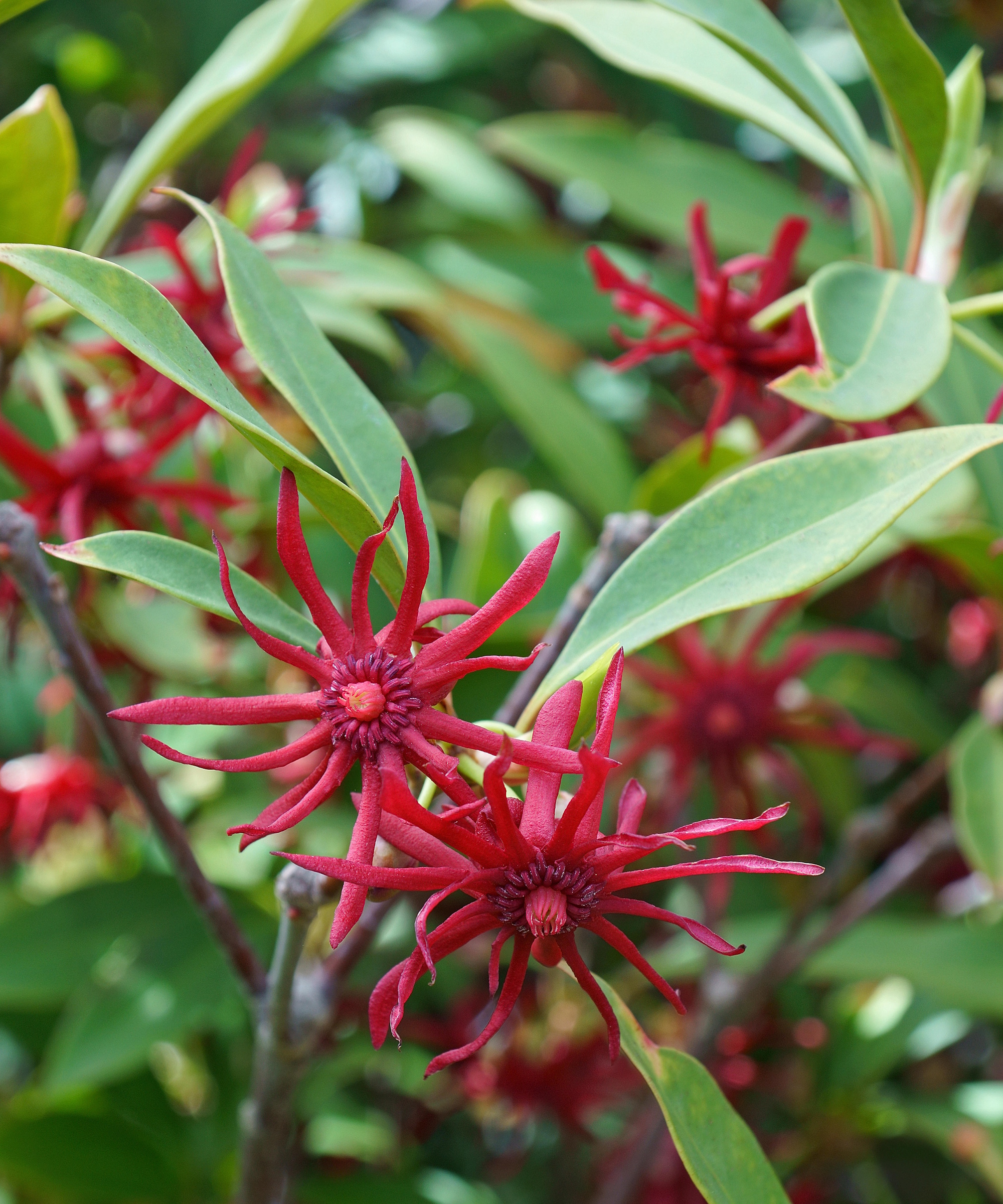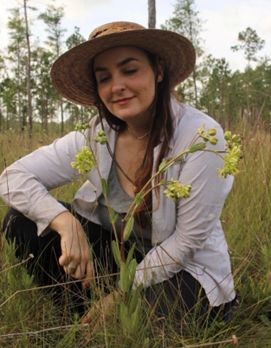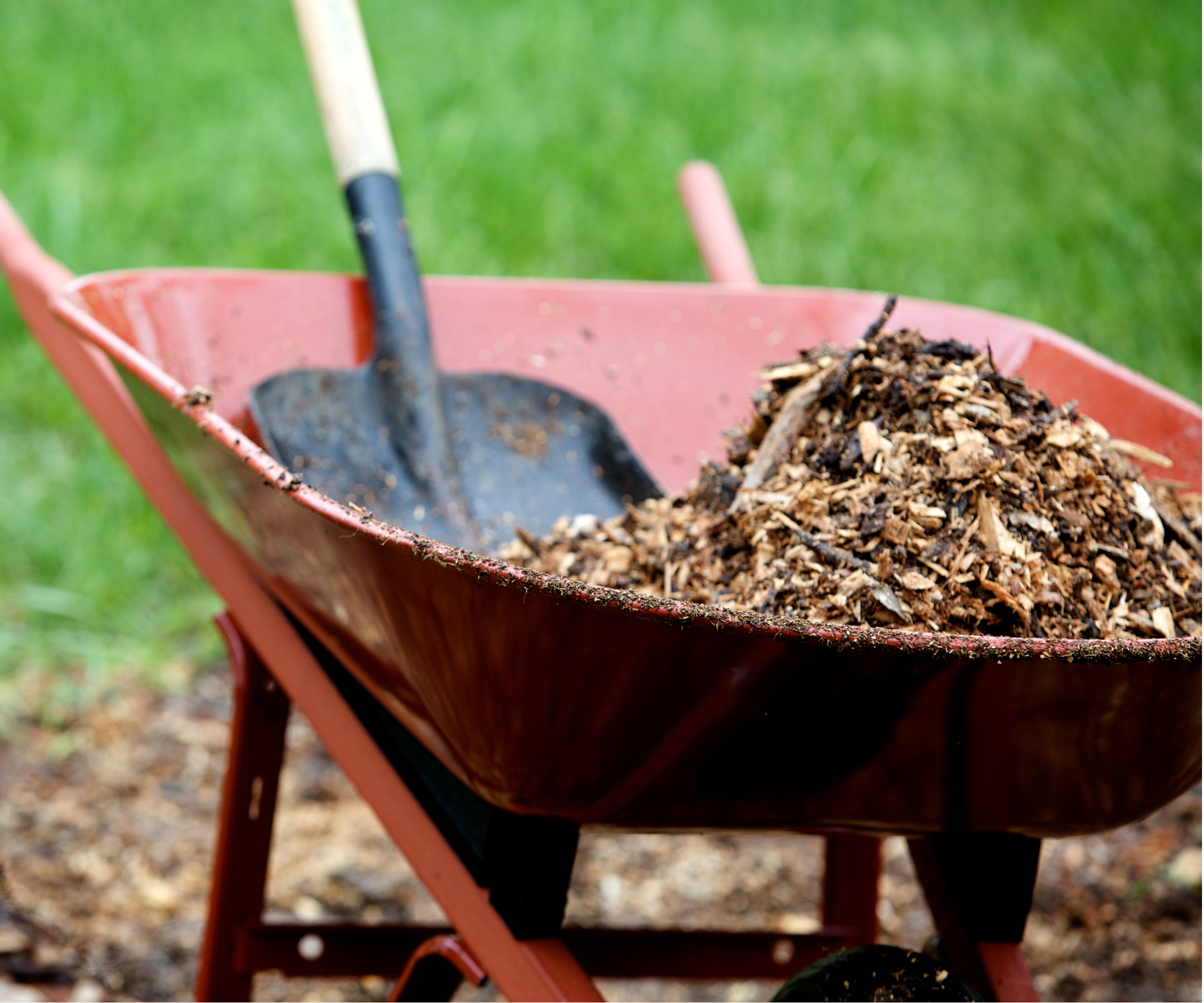How to grow Florida anise – for a native evergreen shrub that thrives in shade
With crimson spider-like blooms, this native shrub can elevate darker borders


Florida anise, or Illicium floridanum, is a spectacular evergreen shrub. It is native to the southeastern United States, growing wild in Florida, Georgia, Alabama and South Carolina. With leathery evergreen leaves and deep crimson spider-like blooms, it is easy to see why this native shrub is much sought after.
As a woodland species, Florida anise thrives in partial to full shade. Darker borders that are under the canopy of a large tree, or yards that are north-facing are often prove problematic, but Florida anise can help to add color to even the shadiest of yards.
So, if you are looking to enhance your landscape this year, consider learning how to grow Florida anise, considered one of the best evergreen shrubs that provides year-round interest. Here, one native plant expert from Florida reveals all you need to know about growing and caring for this native shrub, including tips on planting, pruning and feeding.

How to grow Florida anise
Florida anise shrubs produce masses of 1.5-inch flowers that are dark red to pink in color, as can be seen in the images here. These blooms tend to open during spring and are often thought of as some of the best native spring flowers to attract hummingbirds, butterflies and bees.
So, if you want to support the hummingbird migration and encourage other pollinators to your plot this year, learning how to grow Florida anise is a sensible idea.
Growing habits for Florida anise

'The starry, maroon blooms that adorn Florida anise, or Illicium floridanum, are its greatest draw,' says Lilly Anderson-Messec, plant expert and Director of North Florida programs for the Florida Native Plant Society. 'These remarkable flowers look like Christmas decorations when they appear in spring.'
Growing best from US hardiness zone 7 plus, 'this species is native to slope forests and creeksides in North Florida, but also grows successfully in Central Florida,' Lilly adds. 'Florida Anise tends to prefer dappled or partial sun, but will also thrive in full shade, albeit with a looser, more open habit.
Design expertise in your inbox – from inspiring decorating ideas and beautiful celebrity homes to practical gardening advice and shopping round-ups.
'It also has fragrant, anise-scented foliage,' Lilly says, 'producing a sweet and licorice-like scent when crushed. The large, deep-red flowers are followed by star-shaped fruit that look just like the familiar spice, star-anise, which is in the same plant genus. Unfortunately, however, the Florida Anise fruit is toxic if ingested, and cannot be used in cooking.
'Florida anise will reach 10 to 15 feet at maturity, but there are dwarf cultivars available,' Lilly advises. For a small yard, why not try growing 'Swamp Hobbit', which is a dwarf variety reaching no more than two feet, making it a good ground cover plant for shade.
Florida anise is a threatened species in the state of Florida, so always source plants from a reputable supplier or nursery. Florida anise live plants are available from Amazon.

Lilly Anderson-Messec is the Director of North Florida Programs for the Florida Native Plant Society, with great expertise on all things native plants in The Sunshine State.
Care guide for Florida anise

- Soil: Florida anise can tolerate a range of soils, including clay and loam. However, this woodland plant has a preference for slightly acidic soils that retain moisture, the likes of which you might find in a forest along a stream or riverbank. If you are worried about the quality of your borders, consider mulching before planting, using something like this pine bark mulch from Walmart, which should help to improve soil structure and retain moisture during the warm summer months.
- Light: Florida anise is one of the best shade plants and tends to grow best in partial or deep shade. If you are growing in a part-sun-part-shade yard, make sure you protect your shrub from the afternoon sun, which can scorch the leaves and damage your plant.
- Watering: Deep watering is a good idea when you first plant Florida anise. Continue to do this at least once every two weeks during the first spring and summer as it settles into your yard. After it becomes established, Florida anise can handle periods of drought, although you might need to provide supplemental water if there are many weeks without rain in July or August.
- Fertilizing: No fertilizer is needed for Florida anise. In most cases, this native plant can find what it needs from the soil, so there is often no need to provide fertilizer. If you reside in a region with poor soil, you might consider a very light application of fertilizer for acid-loving plants, but I would recommend using a very small dose.
- Pruning: Florida anise doesn’t require regular pruning. It will look far better if you provide plenty of space in a large border where it can grow and produce a natural form. If you want to keep the shrub compact, you can prune in late winter or early spring, before new growth begins to shoot. When pruning, be sure to use clean, sharp tools, like these Felco snips, available from Walmart.
- Toxicity: As Lilly mentioned, the fruits of Florida anise are toxic and should not be consumed. There are also poisonous compounds found in the leaves, fruit, and seeds, so be sure to wear gloves when planting or pruning.
FAQs
Can I grow Florida anise in a pot?
Florida anise can be grown in pots, but be sure to use a large planter to provide plenty of room for your shrub to develop. Use a pot that has a drainage hole, and position it in a part-sun-part-shade location, remembering to water and feed throughout the spring and summer. You will need to repot your shrub once every two years, which can be tricky depending on the size.
The Latin name for Florida anise, Illicium floridanum, gives a clue as to its potent and alluring fragrance. Illicium can be translated from Latin to English as meaning 'that which entices'. Using fragrant evergreens, like Florida anise, is always a good way to transform your yard into a sensory escape.
For more native plant inspiration, see our guide on how to grow California roses, to fill your yard with romantic rose blooms in summer and vibrant hips in fall.

Thomas is a Content Editor within the Gardens Team at Homes and Gardens. He has worked as a professional gardener for both public spaces and private estates, specializing in productive gardening, growing food and flowers. Trained in Horticulture at the Garden Museum, he has written on gardening and garden history for various publications, including The English Garden, Gardens Illustrated, Hortus, The London Gardener and Bloom. He has co-authored a Lonely Planet travel book, The Tree Atlas, due out in 2024.
